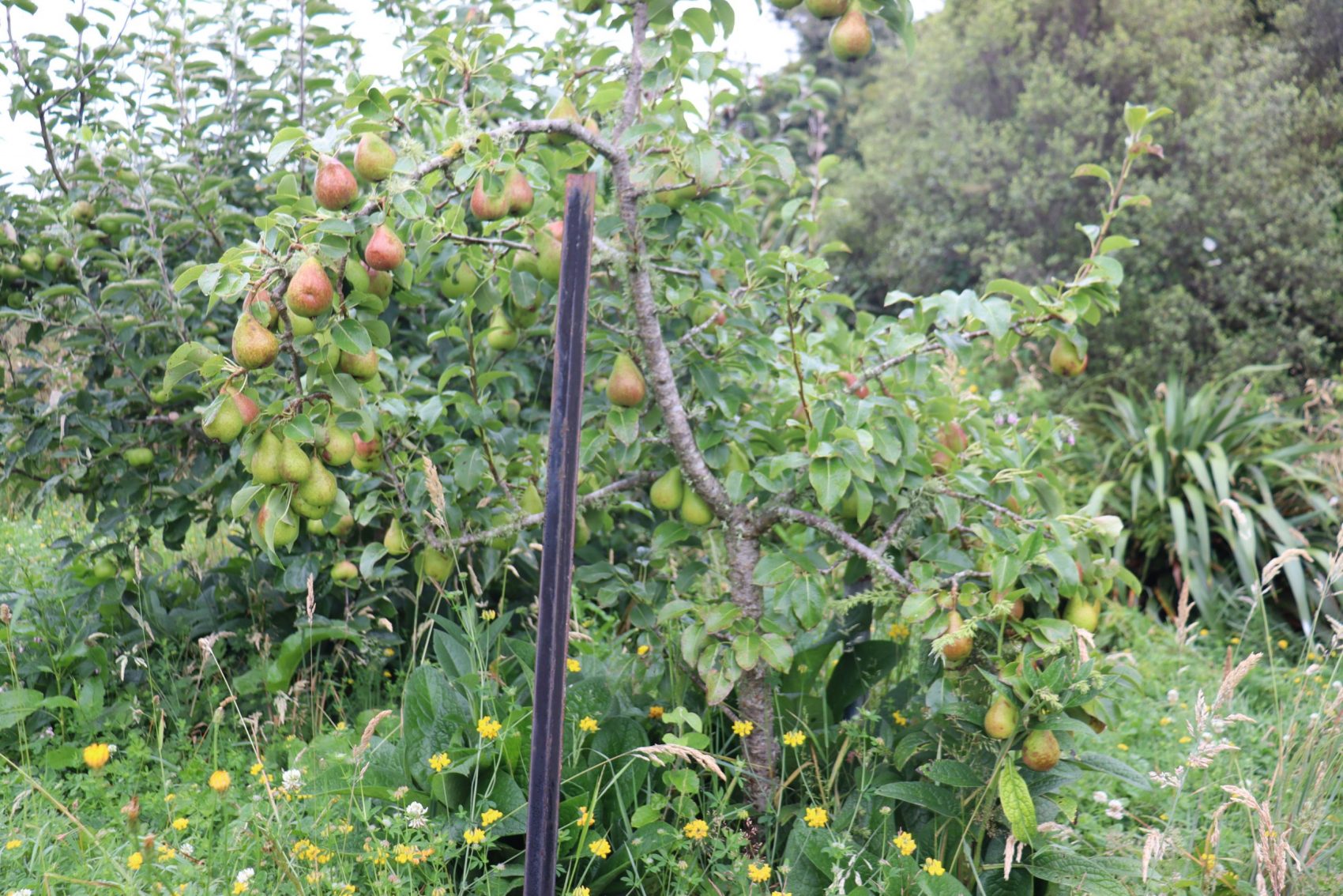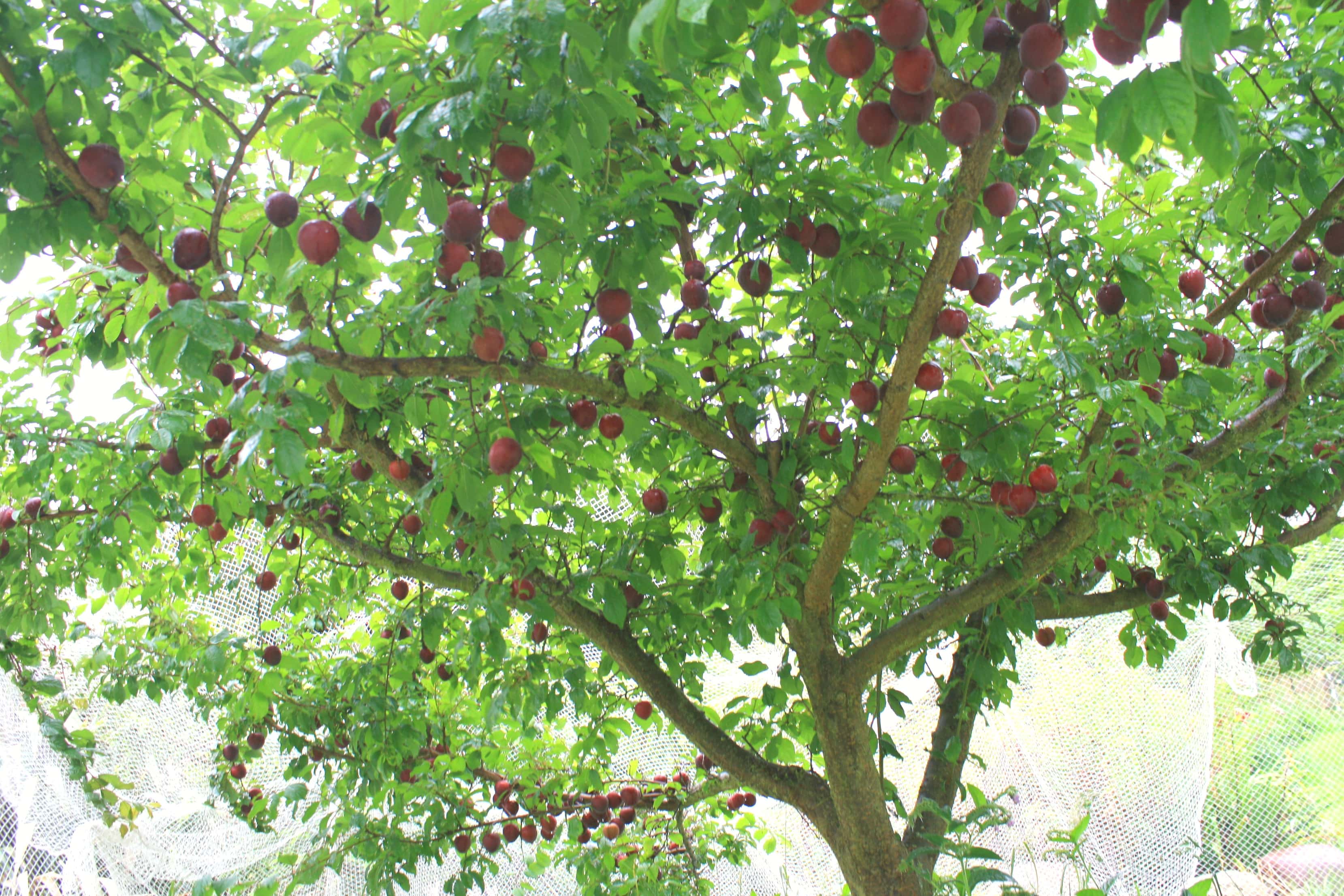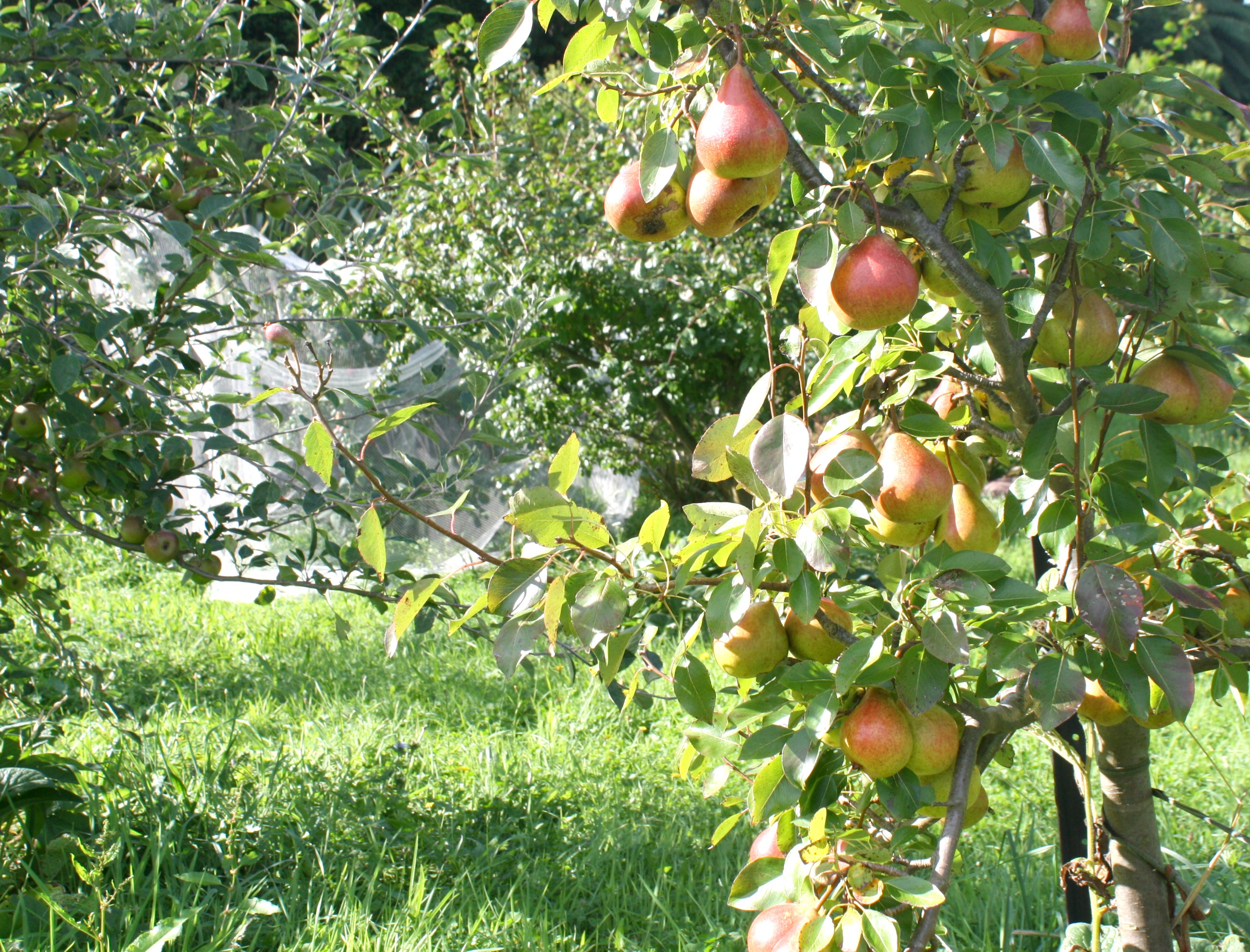How to Space Your Fruit Trees


There's not a gardener alive who hasn't squashed too many trees into too small an area! Those little wee seedlings defy us to give them space, but give it, we must. There's a goldilocks point were aiming for here - a balance between fitting as many fruiting trees/ shrubs in as possible without choking up light + air + access. Lets work you out a sweet set up before you go tree shopping.
Gather together your basemap + wishlist, the nursery catalogue and open my Edible Backyard book at chapter 6.
Work it out
Grab a scrap of paper and sketch or write as you go.

Rootstock
Rootstock determines the overall size of your tree. Base your spacings, therefore, on each trees rootstock. Here's a general guide.
- Apples on MM102 - a 4m space.
- Apples on MM106 a 5m space.
- Pears on Quince - a 3.5m space
- Stonefruit on plum rootstock - a 5m space
- Stonefruit on peach rootstock - a 5m space
- Peach seedling trees - a 5m space
- Citrus on Trifoliata rootstock - a 4m space
- Citrus on Flying Dragon rootstock - a 3m space
- Feijoas - a 3m space. These can be hedged if you want, letting them co mingle in the middle. Do be sure you can access the back as well as the front and that there be light on both sides. Otherwise you'll only get fruit on the one plane.
An MM102 apple rootstock, for example, will produce a 3 - 4m tree. With pruning, a 3m space is perfect. Without pruning (and lets keep it real here - will you or wont you?), leave 4m for it. Use the smaller option if you live in an extreme climate eg: strong winds, salt winds, shady.
The next step is to personalise your tree spacings to your specific environment - add a little extra or a little less to the rootstock measure depending on light, airflow and access.
Light + airflow + access

Trees need a bit more room in environments that are cool, wet, still, shady or humid in order to bring the light and air they need for best production and health.
Light is key for fruiting plants! Wood bathed in light is productive wood. Fruit bathed in light is, well, ripe! In really hot/ dry or windy environments, close the gap so trees can protect each other.
In my high rainfall, cool mountain zone, I add 1m-ish to the rootstock measurement, not only for extra light and air, and also for the joy of not getting my eyes poked out and hair tangled at pruning and harvesting.
Don't think too too hard about it. Just gather the info, write it all down, then hop outside and lets have a play.
Failsafe spacing

Have a dummy run, using labelled stakes to represent the trees. Bang them in where you think they'll go.
The stake starts to make the tree real + a pause to marinate on its position = a smart set up. Ponder on these things
- Is there enough room for the tree to spread out
- When full grown will it create unwanted shade? Position taller trees on the southern side of vegies/ houses/ berry shrubs
- Can you access all sides, or at least a goodly portion of the tree?
- Look up and check for wires! Plant dwarf rootstocks and berries for example.
- What other traffic needs to get by here - feet, mower, car, tractor....
Keep moving stakes about until you are happy.
If you've been a tad over zealous, and after banging all your stakes in you realise you've ordered more trees than you can fit, check in with your local school/ community garden/ kohanga to see if they want the excess.
Need more help?
If you want me to double check your plan, book a 20 minute garden coach
